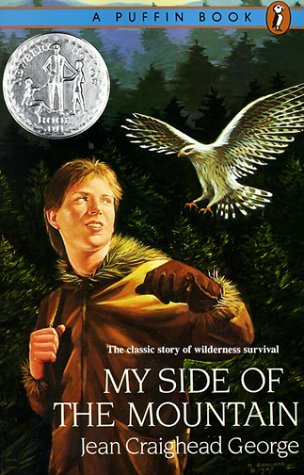Alex was a fact collector. He collected many things over the
six years I worked with him: marbles, containers, floor plans from model homes,
but by sixth grade, his largest collection was a wide variety of facts.
Alex has autism and he’s brilliant. In the sixth grade, he
aced all his math tests; in fact, he was one of the top math students in the
school. He was also great with computers and could navigate the Internet to
discover any bit of information you might want to find. He knew the make and
model of every car in the school parking lot and the Blue Book value. More than once he recommended I get rid of
my old Toyota and move up to a BMW. (I didn’t.)
But Alex had his struggles with social language and reading
comprehension. He could read fluently at a high school level but, if the
subject didn’t interest him, the information didn’t stick.
He had failed every comprehension test of his sixth grade
year when his teacher asked if I might be able to help him prepare for his next
exam. I had him bring his novel, My Side
of the Mountain, to speech the next day. If you know the story, you know the
main character, Sam, ran away from home to live in the wilderness where he trained
a peregrine falcon.
I asked Alex, “What did you think of Sam’s bird?”
“There isn’t a bird in the book.”
“Yes there is. You know, the peregrine falcon.”
Alex scowled. “There’s no falcon.”
“How far have you read?” I asked.
“I finished the book yesterday.”
“Alex, take a look at the cover. What do you see?”
“A boy and a bird.” Alex said.
“A book cover usually gives you some idea of what the story
will be about. That bird is a peregrine falcon.”
I then suggested we research falcons on the Internet. Alex loved
the idea. After we read a few facts about the bird and looked at several
pictures, Alex read portions of the story with new interest. Then we expanded
our research, read another section of the novel and soon he was hooked. We
didn’t have time to reread the entire book before his next exam, but his scores
improved substantially after a few sessions.
I think about Alex often, especially with the growing
emphasis on nonfiction in the Common Core Standards. I imagine students like Alex
will benefit from this shift. Of course, not all students are like Alex. Some
seem to need a story to help the facts come alive and lodge in their memory. A
blend of the two will likely be good for all students. I remember wishing my
high school history teacher would find a good novel about World War I instead of
insisting we memorize a list of facts and dates.
I have a new kindergarten student this year who has autism.
He’s not interested in books yet, but I imagine that will change. He is just
beginning to discover that language is powerful and he has started making
requests for objects he wants. Before long, I’m hoping, books will be one of
those objects. I’m not sure if he’ll prefer fiction or nonfiction, but I’ll be
armed and ready for him with a good supply of both.
It has been several years since I last saw Alex but he is
one student I’ll never forget. And from the way things are going with my new
kindergarten student, I think I’ll be saying the same thing about him in years
to come.












